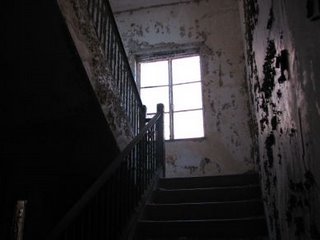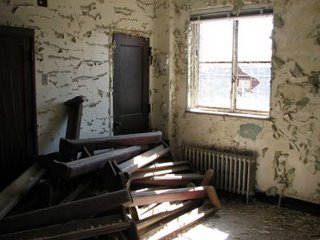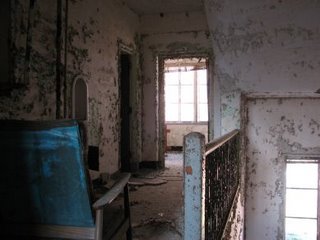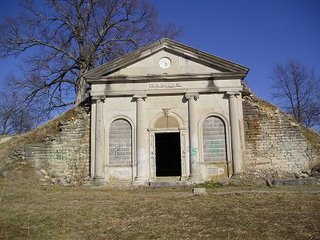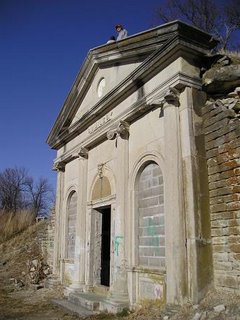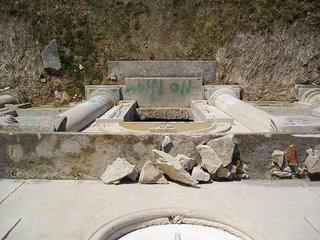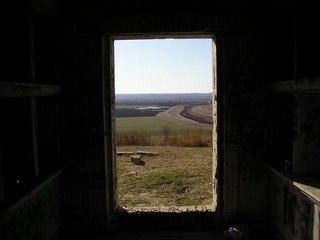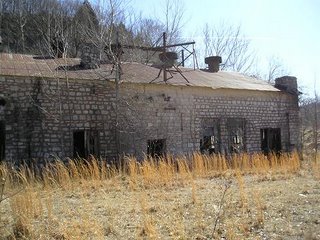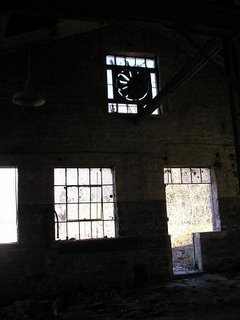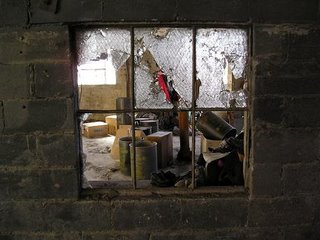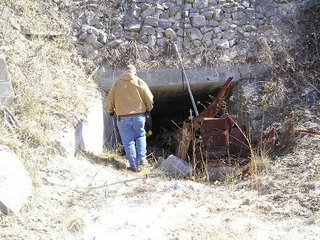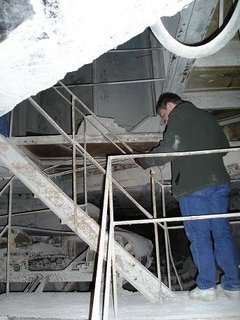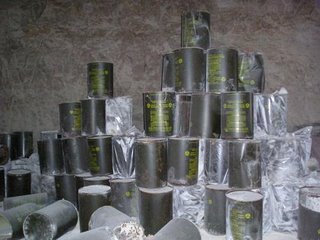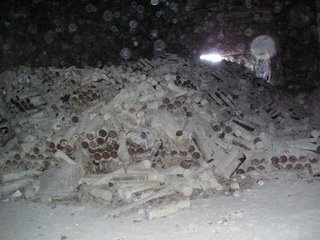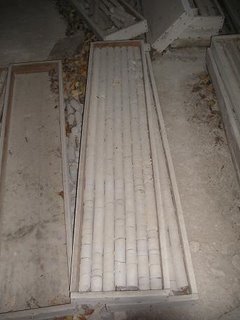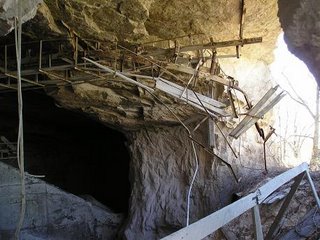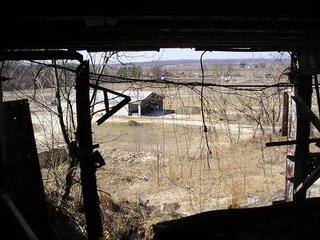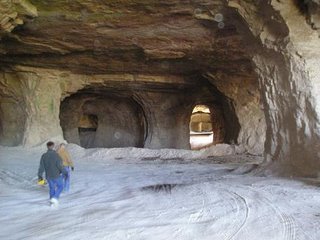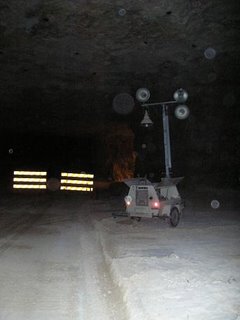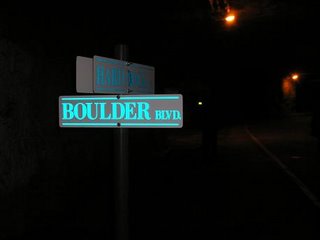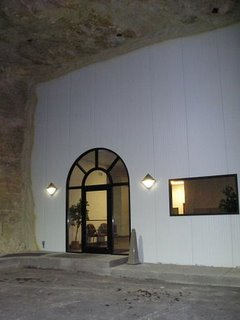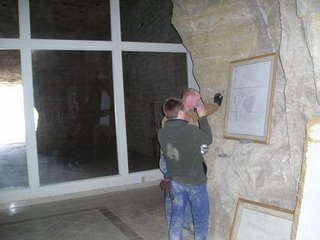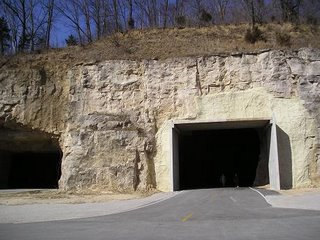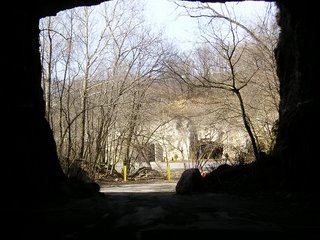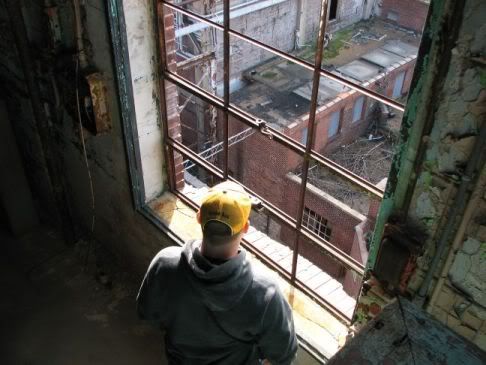Hospital Dormitory
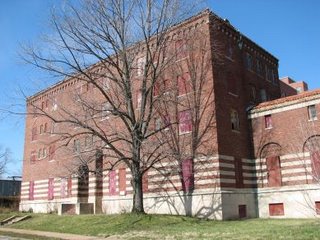 Recently Chris, Matt, and I began our day downtown looking for interesting sites. After finding nothing that looked doable, we hopped in the car to check out a few other locations that I had in mind, eventually ending up at an old hospital dormitory in North City. While entering this building appeared easy at first, it became increasingly more difficult when we realized that it was actually still attached to an active complex that houses an assisted living community. Entering the dormitory required us to pass right by areas in full view of these active buildings. We just hoped that we were passing by during nap time.
Recently Chris, Matt, and I began our day downtown looking for interesting sites. After finding nothing that looked doable, we hopped in the car to check out a few other locations that I had in mind, eventually ending up at an old hospital dormitory in North City. While entering this building appeared easy at first, it became increasingly more difficult when we realized that it was actually still attached to an active complex that houses an assisted living community. Entering the dormitory required us to pass right by areas in full view of these active buildings. We just hoped that we were passing by during nap time.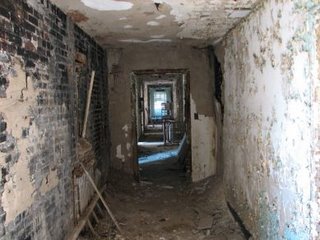 There is very little remaining in this hospital building that hints at its former use. I only assume that it was a dormitory building because there is so little in the way of actual medical equipment or facilities remaining, and because that is what other explorers who have visited the building have been inclined to think. The interior, while crumbling and decayed in many places, still seems to be structurally sound, unlike sites like St. Mary's Infirmary. Also, we found very little evidence of vagrants occupying the building at all. Each of the floors had it's own charm, as the original coloring is visible despite the widespread peeling of the paint. However, it is apparent right away that all of the floors follow the same layout. Chris and Matt quickly became
There is very little remaining in this hospital building that hints at its former use. I only assume that it was a dormitory building because there is so little in the way of actual medical equipment or facilities remaining, and because that is what other explorers who have visited the building have been inclined to think. The interior, while crumbling and decayed in many places, still seems to be structurally sound, unlike sites like St. Mary's Infirmary. Also, we found very little evidence of vagrants occupying the building at all. Each of the floors had it's own charm, as the original coloring is visible despite the widespread peeling of the paint. However, it is apparent right away that all of the floors follow the same layout. Chris and Matt quickly became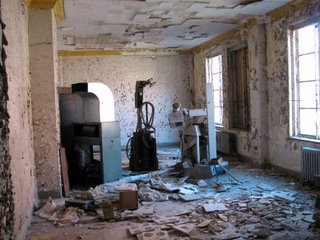 bored, and wandered off away from me. It was then that I began to hear sounds of yelling coming from the outside lawn. I was nervous at first, until I realized that it was just the neighborhood kids playing tag. Whew! One of the few areas that is unique in the building is the attic, which is empty aside from a few small religous pieces. The light shining through the one open window in the attic made it stragely eerie. Chris also happened to find a tunnel in the basement which assumingly runs undergound to one of the active buildings in the complex. On the lowest level, one is offered a glimpse into the adjoining nursing home through the window of a sealed door. There is something very strange abo
bored, and wandered off away from me. It was then that I began to hear sounds of yelling coming from the outside lawn. I was nervous at first, until I realized that it was just the neighborhood kids playing tag. Whew! One of the few areas that is unique in the building is the attic, which is empty aside from a few small religous pieces. The light shining through the one open window in the attic made it stragely eerie. Chris also happened to find a tunnel in the basement which assumingly runs undergound to one of the active buildings in the complex. On the lowest level, one is offered a glimpse into the adjoining nursing home through the window of a sealed door. There is something very strange abo ut looking into a well maintained active facility on just the other side of a door when you're standing in a hallway crumbling with neglect.
ut looking into a well maintained active facility on just the other side of a door when you're standing in a hallway crumbling with neglect.I don't know very much about the history of this building, only that the hospital that used to occupy it moved west to a suburb of St. Louis in the 1970's. When I was telling my dad about the location of the place, he knew exactly what I was talking about because apparently both he and my uncle were born at this hospital. But that was a LONG time ago. I would be very interested to know which of the other buildings at this site were once a part of the hospital, and why this one building was sealed off and forgotten while the rest were maintained.
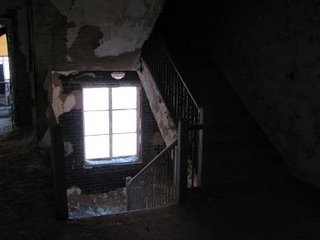
While Chris and Matt weren't overly impressed with this site, I found it interesting for its historical value and for the beauty of it's decay like I do all the sites I visit. I don't know if I'd go out of my way to visit again considereing how visible someone entering it is, but I am glad that we made the trip and that I was able to document this one forgotten building on a site that has definately not been forgotten.


